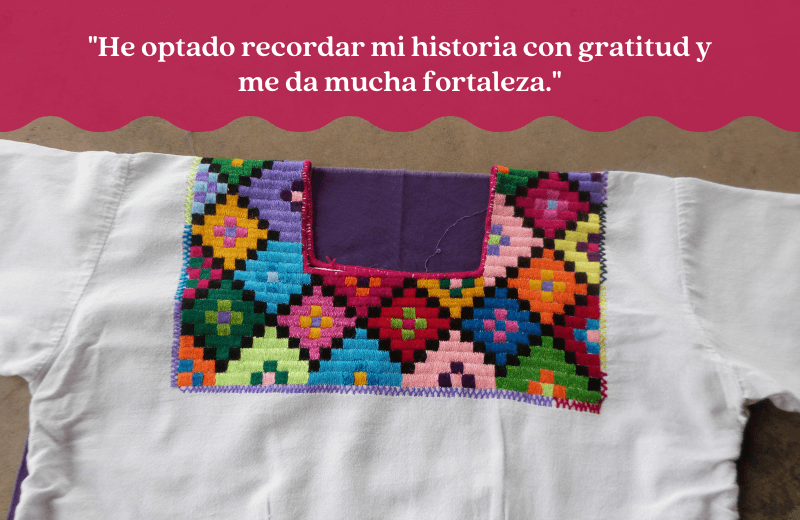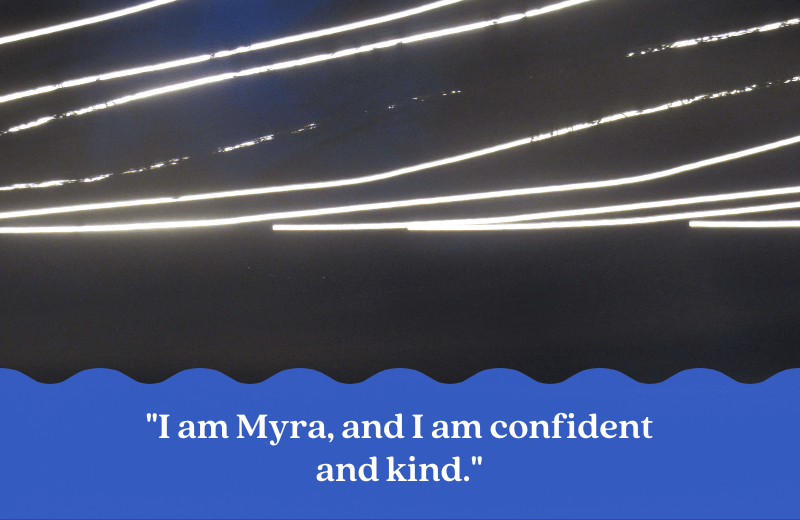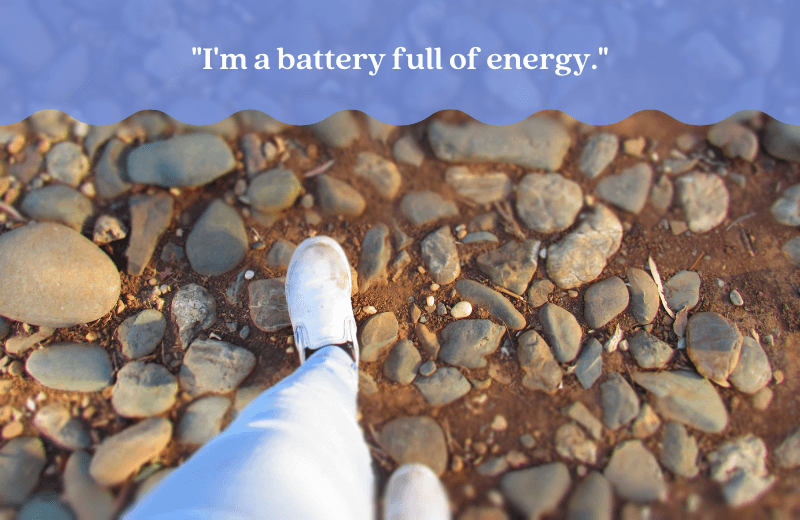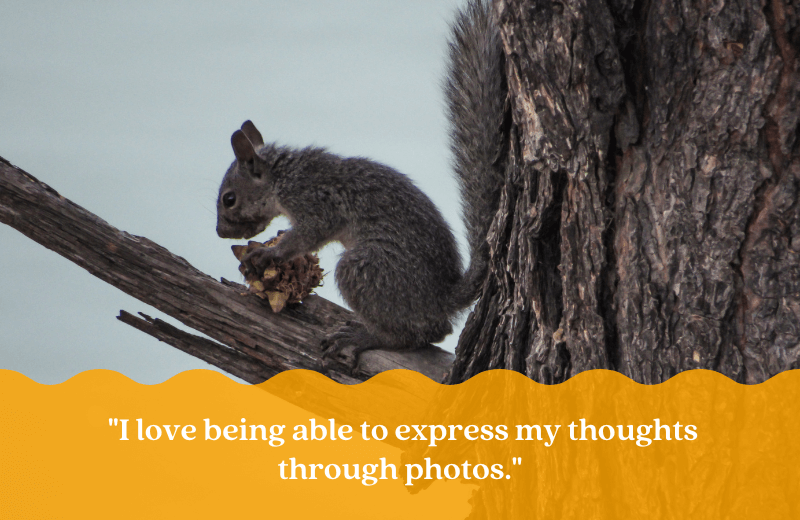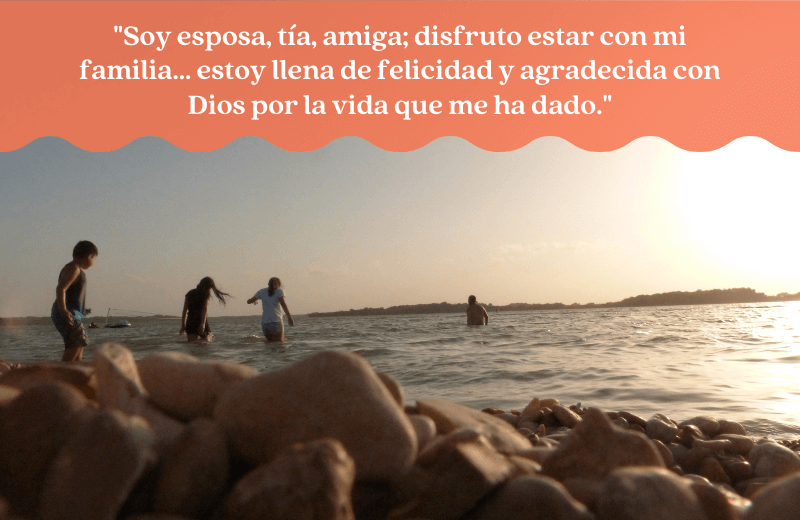Your Voice Matters: A Photovoice Project




“Tu voz importa / Your Voice Matters” was photovoice project with youth and women in Latino farmworker families in Northern California that occurred in 2020 and 2021. The project amplified the unique voices of youth and women by harnessing their artistic abilities to tell their own stories. The outcomes was a series of evocative images and stories that highlight issues that matter most to them to create pathways for dialogue and action that culminated in a beautiful exhibit at the Valene L Smith Museum of Anthropology at California State University Chico.
A note from the artist, Robyne Hayes
This project amplifies the unique voices of two underserved communities: youth and women in Latino immigrant farmworker families, by creatively telling their stories through a series of photovoice workshops.
In this project, participants are asked to express their points of view by photographing their lives through guided assignments. The tangible outcomes are a series of evocative images and stories that highlight issues that matter most to them. Together, these narratives are used to create pathways for dialogue and action, mobilize change-makers, and understand the needs of the community. The result is a stronger and more resilient community in which all voices are acknowledged.
One of the most important outcomes of this project will be creating a safe space for the youth and women in the immigrant community to share their stories and build their networks of support. Ideally they will be better able to express their needs, access the services available to them, and share their knowledge with peers outside the group. The unique aspect of this project is that it is a participatory approach, designed so participants drive the discussions and identify what is important to them. The goal is to drastically change the power dynamics between the participants, the organizations they normally work with, and the larger community.
Stronger and more resilient communities happen when everyone’s voices are recognized and all members of the community can advocate effectively for their needs.
Why these stories matter.
Immigrants in the United States are among the most vulnerable populations in our nation; this is particularly true for females and youth. Currently it is estimated that there are 2.5 million farmworkers in the United States. Seventy-six percent of farmworkers in the US are foreign born and seventy-seven percent speak Spanish as their dominant language. Half of these farmworkers are parents, and most of these parents have minor children who reside with them year-round. Farmworker children usually experience compounding challenges due to immigration status, language barriers, and substandard housing conditions.
Women represent roughly 32% of farmworkers. Female farmworkers face significant hurdles that impact their access to health care, legal justice, and education. They are subjected to poor occupational safety and have an increased vulnerability to abuse and violence.
“Vulnerability is the very thing that permits us to connect with each other, to recognize in others the same discomfort they have with themselves and with their place in the world. Vulnerability is the engine of compassion, and can be a superpower, a special vision that allows us to see the quivering, wounded inner world that most of us possess.”
- Nick Cave
Finally, through the sharing of the images and stories, I hope we can contribute to changing the current, national narrative of immigrants. We must move away from the vilification and criminalizing of immigrants to developing better compassion and understanding as a nation. I want to remove the barriers that make people view immigrants as an “us vs. them” dichotomy, and recognize that the only difference between us is the luck of where we were born, or the color of our skin. I want people to see themselves reflected in the stories of the women and youth we work with and how similar we really are.
